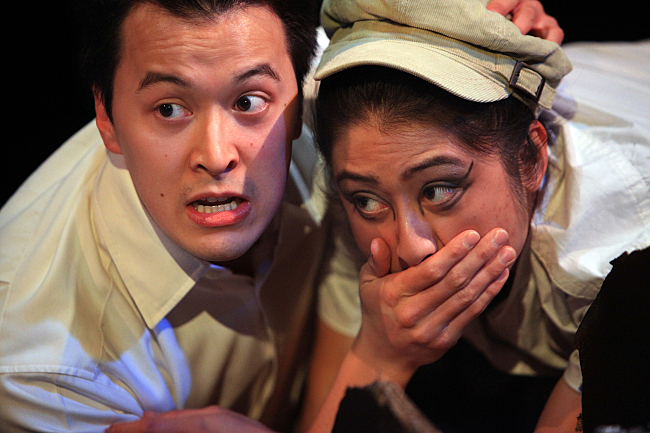Stateless in the Dominican RepublicPosted in Articles, Caribbean/Latin America, History, Law, Media Archive, United States on 2015-12-19 03:50Z by Steven |
Stateless in the Dominican Republic
Columbia Law School
2015-12-15
Media Contact: Public Affairs, 212-854-2650 or publicaffairs@law.columbia.edu
Human Rights Lawyers Champion the Rights of Disenfranchised Dominicans of Haitian Descent, in a Talk at Columbia Law School
New York, December 15, 2015—The plight of more than 200,000 people in the Dominican Republic who were stripped of their citizenship two years ago by that nation’s highest court was discussed by two human rights attorneys at Columbia Law School. The newly stateless people were Dominican-born to undocumented Haitian immigrant parents or grandparents, and they now face the threat of forced deportation, leading the lawyers to draw parallels to the current debate in the United States over birthright citizenship.
The Nov. 19 event—“Immigration and Black Lives: Haitian Deportations in the Dominican Republic”—was sponsored by Columbia Law School’s Latino/a Law Students Association and Black Law Students Association, and cosponsored by Social Justice Initiatives, the Columbia Journal of Race and Law, and the Human Rights Institute. It was organized by Daily Guerrero ’17, who came to the United States from the Dominican Republic when she was six years old.
Cassandre Théano, an associate legal officer for the Open Society Justice Initiative, explained that in 2013, the Dominican Republic’s highest court denied the daughter of Haitian migrants her “cédula”—or identity papers—confiscated her birth certificate, and applied the decision to anyone born after 1929, revoking the citizenship of Haitian descendants who had been living in the Dominican Republic for generations. “Pretty much every international organization was shocked, and there was a lot of uproar,” Théano said…
“This is really a racial justice issue,” said Natasha Lycia Ora Bannan, president of the National Lawyers Guild and an associate counsel at LatinoJustice PRLDEF, which works with low-wage Latina immigrant workers in the United States. Nearly three-quarters of the Dominican Republic’s population is made up of people of mixed-race heritage, while 95 percent of the Haitian population is black. A language difference also exists, as most Dominicans speak Spanish and Haitians Haitian Creole. “These policies are targeting black and brown people,” Bannan said…
Read the entire article here.




